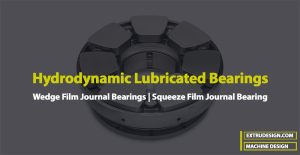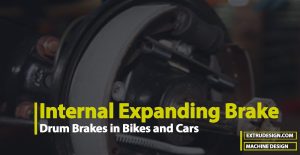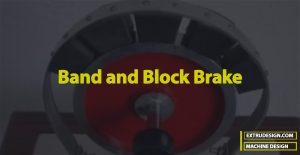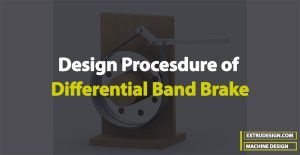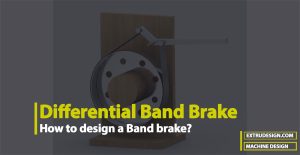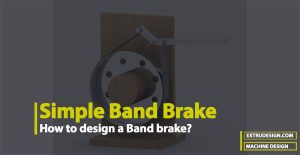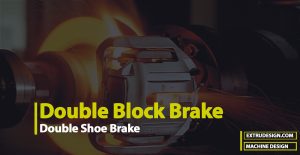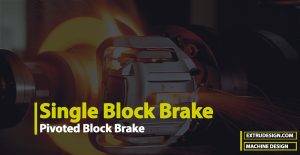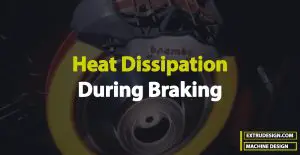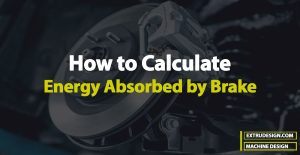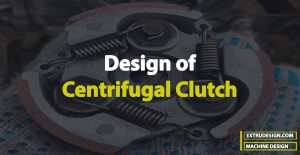A bearing is a machine element that supports another moving machine element known as a journal. It enables a relative motion between the contact surfaces of the members while carrying the load. While doing so a certain amount of power is wasted in overcoming frictional resistance due to the relative motion between the contact surfaces. […]
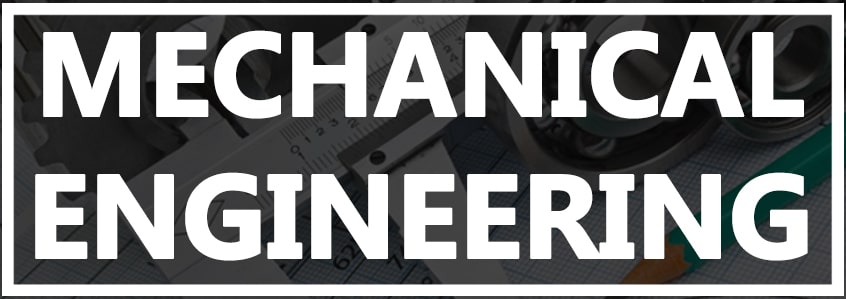
Mechanical Engineering is the discipline that applies engineering, physics, and materials science principles to design, analyze, manufacture, and maintain mechanical systems. It is one of the oldest and broadest engineering disciplines.
Understanding Mechanical Engineering involves core areas including Mechanics, dynamics, thermodynamics, materials science, structural analysis, and electricity.
In this Edublog, we help you understand the Basic engineering concepts, the engineering principles, definitions, laws, derivations and functionalities of machines in the following subjects with the help of concise articles, tutorials and step-by-step guides prepared by the Senior engineering Experts.
Metrology, Machine Design, Material Science, Production Technology, Internal Engines (IC engines), Strength of Materials, Theory of Machines, Fluid Mechanics, Product Design, Advanced Composites, CAD CAM - PTC Creo, Solidworks, CATIA
We also feature on YouTube to help you with the engineering concepts, engineering principles, definitions, laws and functionalities of machines, using CAD programs in Modelling (CAD), Engineering(CAE), manufacturing(CAM) and advanced Excel tools to automate the methods into Tools.
Coefficient of Friction for Journal Bearings
A bearing is a machine element that supports another moving machine element known as a journal. It enables a relative motion between the contact surfaces of the members while carrying the load. While doing so a certain amount of power is wasted in overcoming frictional resistance due to the relative motion between the contact surfaces. […]
Bearing Characteristic Number and Bearing Modulus for Journal Bearings
A bearing is a machine element that supports another moving machine element known as a journal. It enables a relative motion between the contact surfaces of the members while carrying the load. While doing so a certain amount of power is wasted in overcoming frictional resistance due to the relative motion between the contact surfaces. […]
Lubricants used in Bearings and their Properties
The lubricants are used in bearings to reduce friction between the rubbing surfaces and to carry away the heat generated by friction. In the previous article, we discussed the different types of Bearings. Sliding Contact Bearings are one of the types of bearings depending upon the nature of contact. Wedge Film Journal Bearings are Hydrodynamic Lubricated Bearings that come under Sliding […]
What are Wedge Film Journal Bearings?
In the previous article, we discussed the different types of Bearings. Sliding Contact Bearings are one of the types of bearings depending upon the nature of contact. Wedge Film Journal Bearings are Hydrodynamic Lubricated Bearings that come under Sliding Contact Bearings. Let us discuss more details on Wedge Film Journal Bearings. A bearing is a machine […]
Hydrodynamic Lubricated Bearings
A bearing is a machine element that supports another moving machine element known as a journal. It enables a relative motion between the contact surfaces of the members while carrying the load. While doing so a certain amount of power is wasted in overcoming frictional resistance due to the relative motion between the contact surfaces. […]
Sliding Contact Bearings
A bearing is a machine element that supports another moving machine element known as a journal. It enables a relative motion between the contact surfaces of the members while carrying the load. While doing so a certain amount of power is wasted in overcoming frictional resistance due to the relative motion between the contact surfaces. […]
Bearings Classification | Types of Bearings
A bearing is a machine element that supports another moving machine element known as a journal. It enables a relative motion between the contact surfaces of the members while carrying the load. While doing so a certain amount of power is wasted in overcoming frictional resistance due to the relative motion between the contact surfaces. […]
Different Types of Brakes
A brake is a device by means of which artificial frictional resistance is applied to a moving machine member, in order to retard or stop the motion of a machine. In the process of performing this function, the brake absorbs either the kinetic energy of the moving member or potential energy given up by objects being lowered […]
Internal Expanding Brake
A brake is a device by means of which artificial frictional resistance is applied to a moving machine member, in order to retard or stop the motion of a machine. In the process of performing this function, the brake absorbs either the kinetic energy of the moving member or potential energy given up by objects being lowered […]
Band and Block Brake
A brake is a device by means of which artificial frictional resistance is applied to a moving machine member, in order to retard or stop the motion of a machine. In the process of performing this function, the brake absorbs either the kinetic energy of the moving member or potential energy given up by objects being lowered […]
Design of a Differential Band Brake
A brake is a device by means of which artificial frictional resistance is applied to a moving machine member, in order to retard or stop the motion of a machine. In the process of performing this function, the brake absorbs either the kinetic energy of the moving member or potential energy given up by objects being lowered […]
Differential Band Brake
A brake is a device by means of which artificial frictional resistance is applied to a moving machine member, in order to retard or stop the motion of a machine. In the process of performing this function, the brake absorbs either the kinetic energy of the moving member or potential energy given up by objects being lowered […]
Simple Band Brake
A brake is a device by means of which artificial frictional resistance is applied to a moving machine member, in order to retard or stop the motion of a machine. In the process of performing this function, the brake absorbs either the kinetic energy of the moving member or potential energy given up by objects being lowered […]
Double Block Brake | Double Shoe Brake
A brake is a device by means of which artificial frictional resistance is applied to a moving machine member, in order to retard or stop the motion of a machine. In the process of performing this function, the brake absorbs either the kinetic energy of the moving member or potential energy given up by objects being lowered […]
Single Block Brake | Pivoted Block Brake
A brake is a device by means of which artificial frictional resistance is applied to a moving machine member, in order to retard or stop the motion of a machine. In the process of performing this function, the brake absorbs either the kinetic energy of the moving member or potential energy given up by objects being lowered […]
Braking Torque Required to stop the vehicle
A brake is a device by means of which artificial frictional resistance is applied to a moving machine member, in order to retard or stop the motion of a machine. In the process of performing this function, the brake absorbs either the kinetic energy of the moving member or potential energy given up by objects being lowered […]
Calculate Heat Dissipation during Braking
A brake is a device by means of which artificial frictional resistance is applied to a moving machine member, in order to retard or stop the motion of a machine. In the process of performing this function, the brake absorbs either the kinetic energy of the moving member or potential energy given up by objects being lowered […]
Calculate the Energy Absorbed by a Brake
A brake is a device by means of which artificial frictional resistance is applied to a moving machine member, in order to retard or stop the motion of a machine. In the process of performing this function, the brake absorbs either the kinetic energy of the moving member or potential energy given up by objects […]
Design of a Centrifugal Clutch
A clutch is a machine member used to connect a driving shaft to a driven shaft so that the driven shaft may be started or stopped at will, without stopping the driving shaft. The use of a clutch is mostly found in automobiles. In the previous article, we have briefed about the different types of clutches. Let us […]
- 1
- 2
- 3
- …
- 26
- Next Page »




